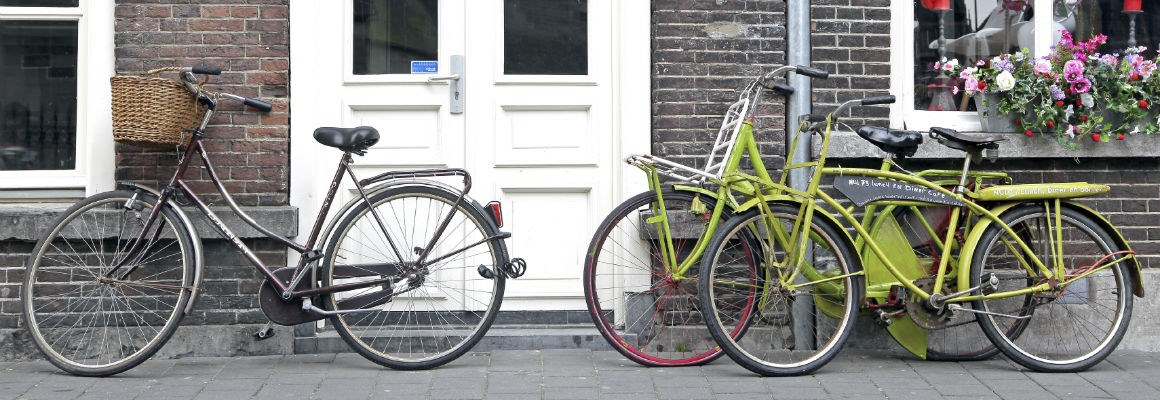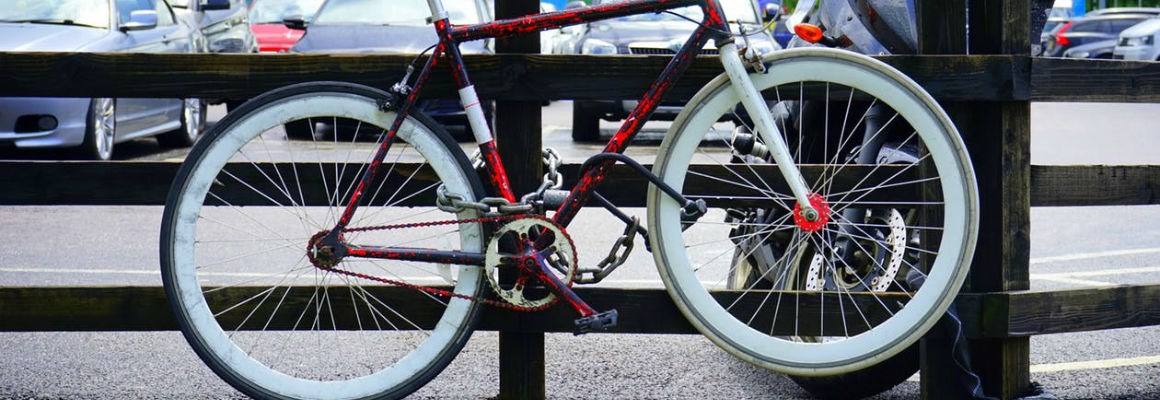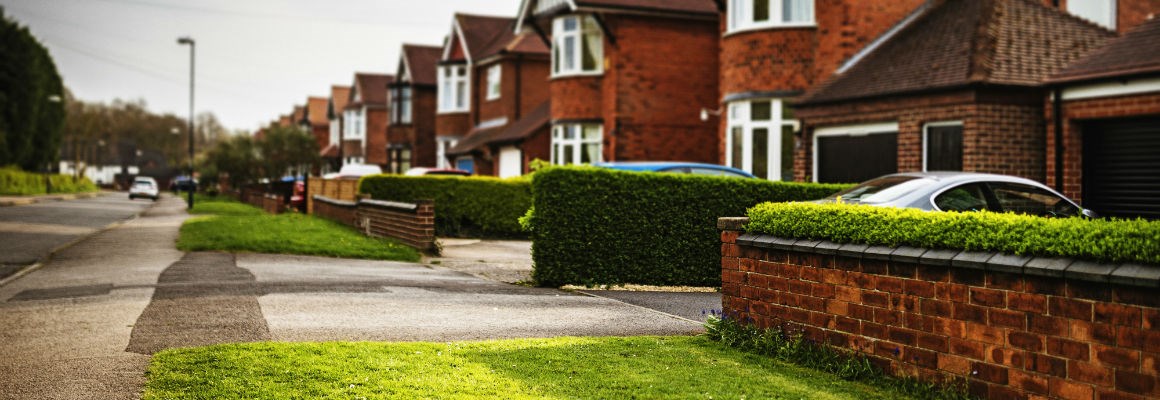How safe is my bicycle?
7th February 2018
Whether your experience with bikes comes from pedalling to school as a youngster, spinning through the streets of a picturesque city on holiday, or even riding to and fro work every day, we think it’s fair to say that cycling is pretty ingrained in our culture.

Ok, so it’ll probably take a while for us to catch up with the Dutch, but you might be surprised to learn that there are more than two million people in the UK who get on their bikes at least once a week, according to British Cycling.
So why is cycling proving so popular? Well, the recent successes of British cyclists has certainly contributed, but bikes can be used for transport and leisure, as well as sport, making them really versatile. They’re also more affordable to run than other vehicles, not to mention more environmentally friendly. It’s also worth bearing in mind that cycling appeals to people of varying fitness levels – after all, we’re not all destined to be the next Bradley Wiggins!
There were 290,000 bike theft incidents in 2016-2017
Given the many great benefits of taking up cycling, it’s all the more unfortunate that thieves love bikes. Why? Well, simply put, they’re easy to steal. In fact, according to the Crime Survey for England and Wales, there were 290,000 bike theft incidents in 2016-2017. While this number has gradually decreased over the years, it’s clearly still an issue that we need to combat.
We’re here to help give you confidence in your cycling adventures, including the best ways to keep your bike safe, plus we’ll also advise on whether or not your home insurance policy covers your bike. Saddle up and read on to find out more…
How to secure your bike when you’re out and about
Where should you park your bike?
It should go without saying that whenever you park up, you lock up! But it’s often where you leave your bike that matters – for example, designated bike racks at public places such as train stations and shopping centres will usually be well-lit with lots of people passing by, which will put off thieves. However, as a cyclist, you’ll be all too aware that bike racks aren’t the norm everywhere, and it’s important that you do a bit of research before you set off somewhere new.
So what do you do when you find yourself in a situation where there isn’t a bike rack? Find something sturdy with both ends attached to the wall or ground to fix the frame of your bike to, and don’t make the all-too-common mistakes of just fixing the lock through a wheel, which can easily be removed, or locking it to a random post – a thief will easily be able to take your bike by lifting it up and over the post!
Plus, if you’re unfortunate enough to be a victim of theft via mugging, your bike will be covered with Swinton, as long as you have Personal Possessions cover. As with all occurrences of theft, you would need to report it to the police.

What lock should you use?
It’s not so much one lock, but locks – your first port of call should be a durable D-lock, and you should invest in the best quality you can afford. Aim to get one that’s Gold Sold Secure, if possible. Lower-quality locks can easily be bolt cropped or sawn through by the wrong person with the right tools!
Remember to use your D-lock effectively by filling up as much of the space within the lock as possible with your bike, and ensuring it is tightly fastened.
Using a chain and padlock will offer extra protection for your bike, as it’ll be secured in two different places.

Securing your bike at home
Did you know that most bike thefts occur in a semi-private location near the owner’s property, i.e. garages, outbuildings and outside areas? Rather than being complacent about your bike once you’ve returned home for the day, you should really have a handle on how to secure it as best you can.
Even if you store your bike in a garage or shed, you should still lock it up, plus don’t forget to lock the outbuilding itself. Also, think about investing in a shed alarm for extra security, and don’t make it common knowledge that you own a bike – keep it out of sight as much as you can, and consider adding curtains/covers to the windows in your garage or shed.
For an extra layer of protection, it could be a good idea to submit your bike’s details to the national Bike Register – this is simple three-step process that’s police-approved. While this isn’t a requirement with Swinton, some insurers may need you to do this, so check your policy carefully. Also, keep a record of the frame number, receipt of purchase and photographs of the bike in a safe place.

Is your bike covered on your home insurance policy?
Don’t assume that your bike is automatically covered on your home insurance policy. All insurance providers are different, and we strongly advise that you check your policy documents carefully.
Here at Swinton, we have recently upped the cover on bikes. On both our Classic and Premier home insurance options, each bike kept inside your house or flat will be covered up to £2,000. If you keep your bike in a shed or garage, bear in mind the limit for Theft from Outbuildings, which is £2,500 for Classic, and £5,000 for Premier policies.
Away from the home, your bike needs to be locked up if unattended, and needs to be included in your Personal Possessions limit if it’s worth £2,000 or less. If your bike is worth more than £2,000, it needs to be listed as a specified Personal Possession if kept inside your house or flat – this includes sheds and garages. These options can be selected during the quote process.
Don’t forget accessories, either, such as mounts and lights – as you’ll know, these can really add up! With a Swinton policy, they need to be included within the Contents Sum Insured limit. Remember, if you store your accessories in an outbuilding, these will form part of the Theft from Outbuildings limit. If taken away from the home, they need to be included as part of the Personal Possessions limit.
Note that if any of your accessories are stolen outside the home, they will only be covered on a Swinton policy if your bike’s frame is taken at the same time.
If your bike is damaged by a car and the driver is at fault, the cost of the damage may be claimed from them. General accidental damage to your bike is covered under the Personal Possessions limit. If you sustain an injury while riding your bike and you need to take legal action, Home Legal Protection will offer you cover – this is included as standard on our Premier home insurance, and is available as an additional option on our Classic product.
When you’re working out how much cover you need for your home contents, we understand that it’s easy to forget things – our handy Home Contents Calculator will help you estimate the total value of your possessions, including your bike.